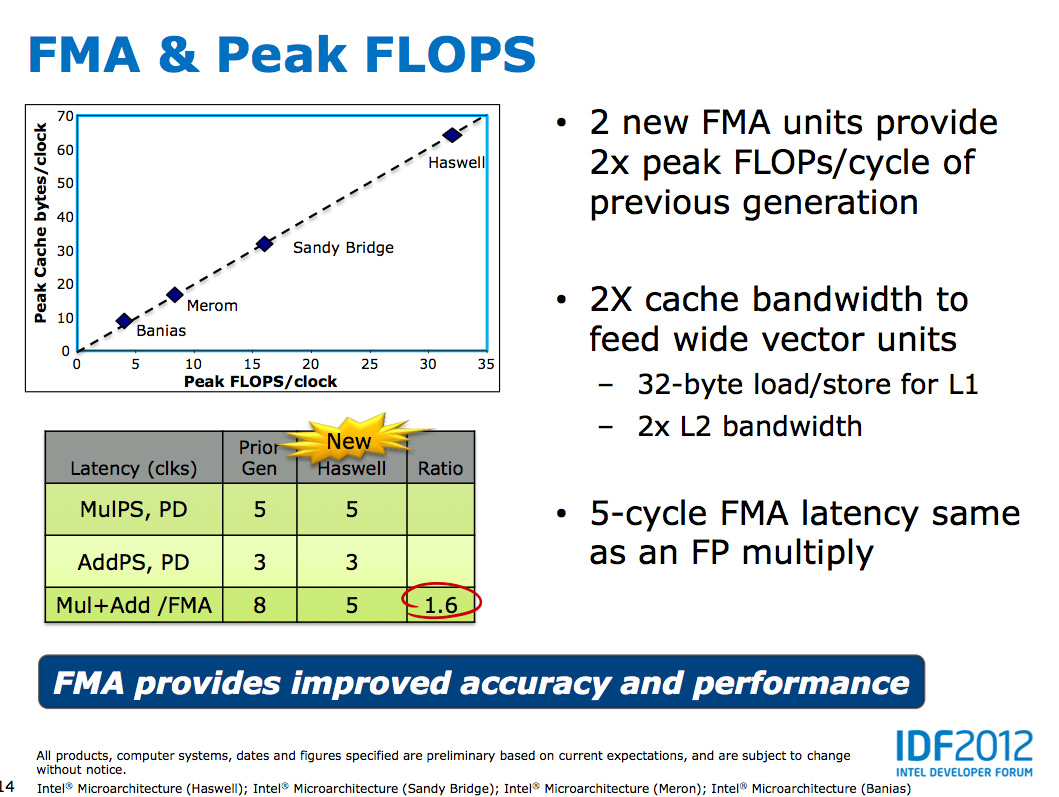Originally posted by torsionbar28
View Post
If Redhat goes ahead with this, it'll be interesting to see if they have to walk it back, due to those machines. Intel doesn't make a whole product line like that, without sales volumes in the millions, and they're probably all running either embedded or enterprise Linux.



Comment